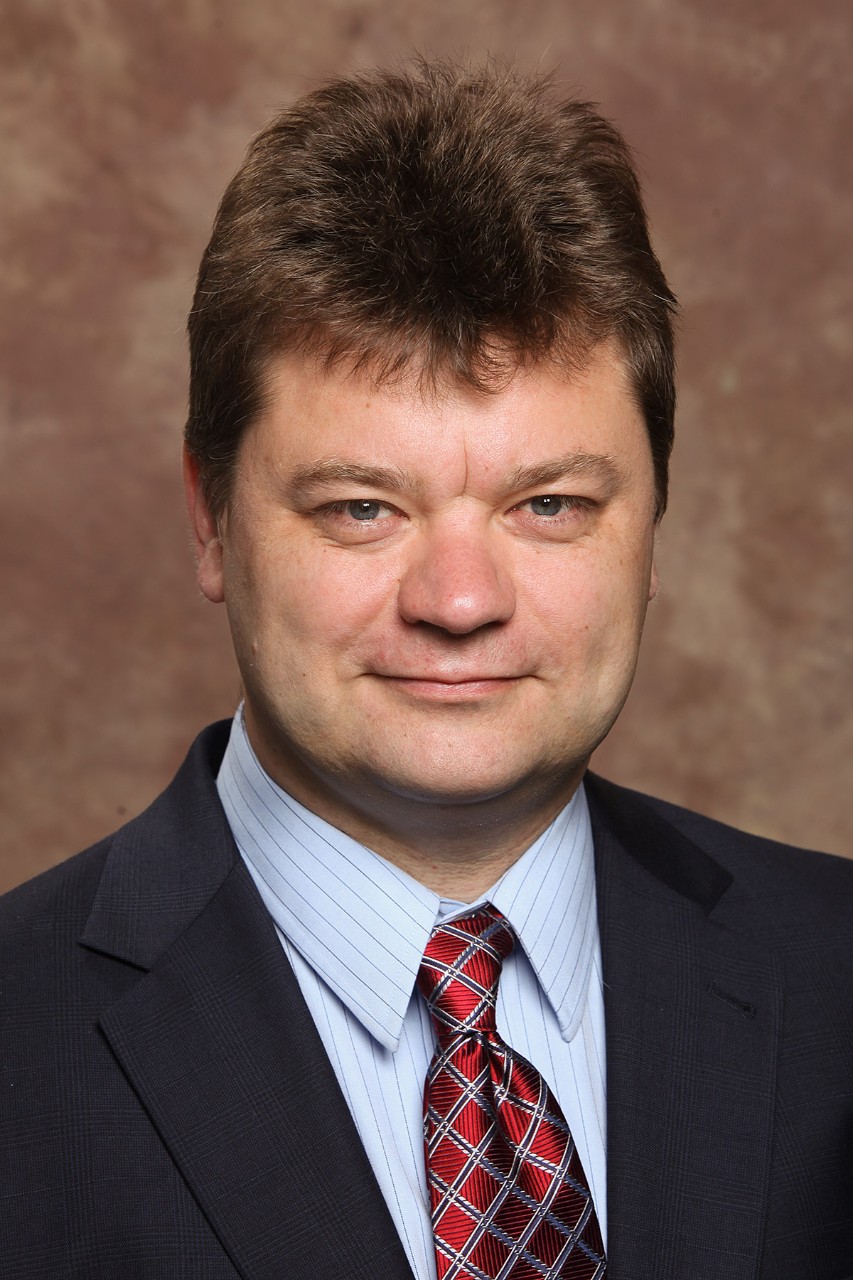
UC researcher gets a peek at sex life of pneumocystis pneumonia pathogen
Knowledge could lead to better treatment for immuno-compromised patients
CINCINNATI—“Let’s Talk About Sex.”
That catchy playful hip-hop tune from artists Salt-N-Pepa tackled a serious subject and ruled 90s radio for a decade. That earworm also stays on the mind of one University of Cincinnati (UC) College of Medicine researcher who is trying to find a better treatment for pneumocystis pneumonia.
It turns out the yeast-like fungus and human pathogen needs sex to thrive.
When the pathogen revs up it attacks the lungs, multiplies and can be transmitted to other hosts through a cough. Pneumocystis pneumonia plays havoc on the fragile immune systems of patients living with HIV, individuals undergoing cancer treatment or those receiving an organ transplant, says Melanie Cushion, PhD, senior associate dean for research in the UC College of Medicine.
Cushion has snagged a $1.9 million four-year grant from the National Heart, Lung and Blood Institute (1R01HL146266-01) to figure out how to stop the fungi that cause pneumocystis pneumonia from reproducing. She will be testing whether anti-fungal agents known as echinocandins could be used as part of a therapy to block the formation of asci, a life cycle stage that results from sexual replication and is needed for transmission of the pathogen to a new host.
Her research aligns with UC President Neville Pinto’s innovation agenda, one of the platforms of the university’s strategic direction, Next Lives Here.
“We have found in mouse models that without the formation of asci, the infection cannot be transmitted to uninfected mice,” says Cushion, also a professor in the UC Division of Infectious Diseases. “It provides strong evidence that these asci are the agents of the infection—a concept suspected, but heretofore not proven. Our analysis has shown that these echinocandin-treated fungi were trying to proceed with sexual replication but could not due to a lack of beta-glucan, an integral cell wall component in asci.”
Cushion says the echinocandins don’t attack non-beta glucan producing life cycles in pneumocystis pneumonia, which can remain in the lungs despite treatment of up to three weeks. Researchers hope their knowledge will help us understand how long-term use of echinocandins may affect the bodies of immune-compromised patients and if it will eventually rid their systems of pneumocystis pneumonia.
“In a clinic setting, the echinocandin should not be given as a monotherapy as cessation of therapy allows the asci to return,” says Cushion. “Patients are going to need something else to kill the trophic life forms that linger behind in the lungs. Three weeks of treatment with echinocandins is the standard regimen, but what if we take it out to three months? Will it go away?”
“If the fungi that remain after extended treatment with an echinocandin disappear, this would provide the evidence that sexual replication is obligatory for pneumocystis,” says Cushion.

Alexey Porollo, PhD
Cushion is working with co-investigator Alexey Porollo, PhD, associate professor in the UC Department of Pediatrics and researcher at Cincinnati Children’s.
“Pneumocystis species live a parasitic life style and are not cultivable outside their mammalian hosts,” says Porollo. “This severely limits studies of these fungi at molecular level and hinders the design of new drugs against this pathogen.”
“A vast majority of genes of this fungus are not functionally annotated, which also presents a huge challenge to investigate this organism using standard omics tools,” says Porollo. “However, it makes it more interesting to study such an organism, as many areas of its biology still lie in an uncharted territory. In addition to probing the extended therapy with echinocandins, our collaborative efforts tackle such riddles in pneumocystis biology as metabolic strategies, tolerance to excessive cytotoxic labile copper environment, and host specificity.”
Featured photo of Dr. Cushion by Colleen Kelley/UC Creative Services and headshot of Dr. Porollo courtesy of Cincinnati Children's.
Next Lives Here
The University of Cincinnati is classified as a Research 1 institution by the Carnegie Commission and is ranked in the National Science Foundation's Top-35 public research universities. UC's graduate students and faculty investigate problems and innovate solutions with real-world impact. Next Lives Here.
Related Stories
What parvovirus is and why it's on the rise
July 10, 2025
An infectious virus common in children is on the rise in the Tristate. The Cincinnati Health Department is warning of a rise in parvovirus in Hamilton County. The illness can present itself as a rash on the cheeks and is often called “slapped cheek” disease but can present more serious concerns in pregnant women. Kara Markham, MD, professor of obstetrics and gynecology at the University of Cincinnati College of Medicine recently appeared on Cincinnati Edition on WVXU to discuss how parvovirus is transmitted, the risk of serious cases and how to prevent it.
UC joins international Phase 1 trial testing CAR-T therapy for MS
July 10, 2025
The University of Cincinnati Gardner Neuroscience Institute is a trial site for a multicenter, international Phase 1 trial testing CAR-T cell therapy for patients with multiple sclerosis.
Inflammation, not symptoms, found to disrupt sleep in IBD...
July 9, 2025
Impaired sleep architecture in inflammatory bowel disease (IBD) is primarily driven by inflammatory activity rather than symptomatic flares as previously thought, according to a study published in Clinical Gastroenterology and Hepatology. Sleep architecture is the structural organization of a normal sleep cycle, encompassing the progression and distribution of different stages of sleep throughout a typical night’s rest.
